I couldn’t tell what burned worse, my lungs or my legs. We had been still-hunting some promising looking bedding areas, zig-zagged with tracks, all morning without any luck and my concentration was waning. My father was off of my left shoulder, peering intently into the thick Douglas fir. I was putting in time until he was satisfied that there weren’t going to be any elk that wanted to go home with us that day. Rifle on my shoulder I slogged along through the snow. As I pondered my choice of hobbies for the umpteenth time that morning an elk stood up from a hidden bed and turned broadside to vacate the country. I barely had time to register what was unfolding, let alone get my rifle ready when Dad’s shot rang out, dropping the elk back to its bed. I learned a valuable lesson that day that I haven’t been quick to forget. Things happen fast and out of the blue and it pays to anticipate, prepare, and be ready for them.
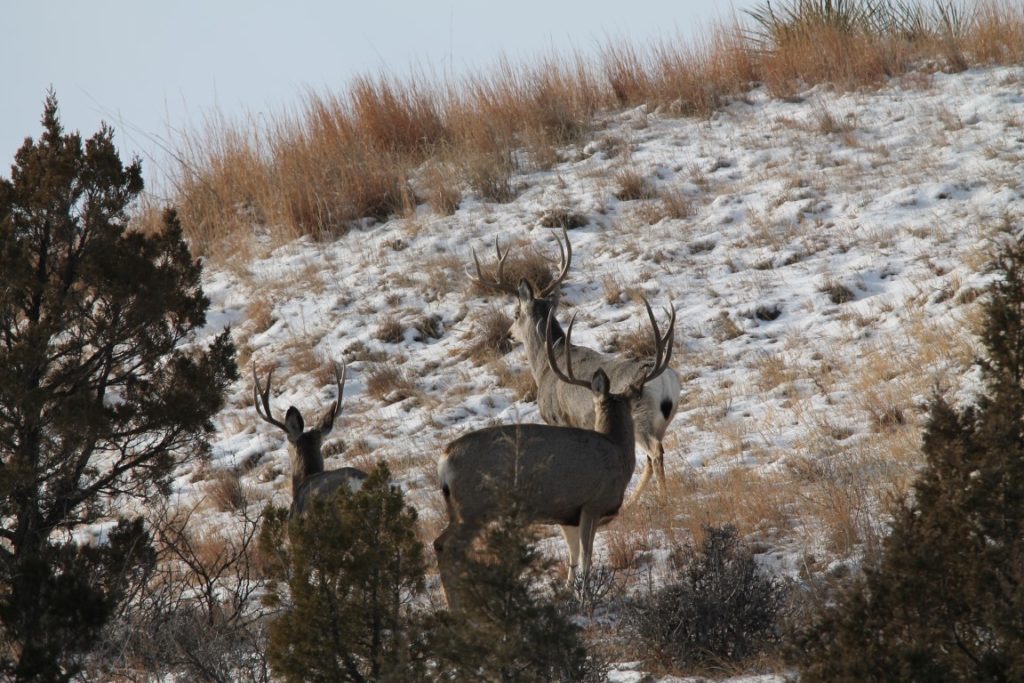
If a hunter comes across this bunch of bucks, he better have his rifle close at hand and be ready to take care of business.
Gear, gadgets, gizmos, whatever the favorite terminology is, there is no denying the outdoor industry is in overdrive, pumping out new inventions and twists on old ones like never before. As I watch in fascination like most people, waiting to see what will be dreamt up next; I can’t help but take comfort in some things having to remain the same.
While companies continue to provide us with items that shorten the learning curve to be successful hunters, from apps for our smartphone with the latest property ownership boundaries to game cameras we can check from said phone, there are things that still have to be learned the hard way. Hunting skills may be enhanced and complemented by new innovations, but the foundation of a successful outdoorsman must be laid on experience and learned lessons. One of those lessons is how to safely and effectively carry your firearm in the field.
There are only so many ways to get your favorite deer slayer from Point A to Point B and hunters should decide what the goal is before they pick a method. Is it a short jaunt in the dark to a treestand? A hurried march after work into camp? A slow, methodical still-hunt to a rendezvous with a hunting partner? Each of these scenarios may call for a different tool for the job if one wants to maximize their time in the field accordingly. Let’s take a look at some of the options available in this day and age:
Standard Sling – The most familiar tool for the job, this old standby has been a staple in most hunters’ toolboxes for years. It comes in various materials from leather to rubber and every color of the rainbow. Pros – Simple and fairly bomb-proof, a sling allows a hunter’s hands to be free for other tasks as well as adding some additional support in some shooting positions. Cons – As arm and shoulder muscles tire throughout the day; it’s tempting to sling your rifle when it should be in your hands and precious seconds can be lost trying to get a rifle untangled from a pack and off a hunter’s shoulder when that buck blows out of his hidey hole. They also seem to have a knack for hanging up in brush or deadfall at inopportune times. Application – Best used on day hunts or the like, when a variety of terrain is expected and different hunting styles may be used.
Safari Sling – A unique take on the standard option, the safari sling keeps your rifle slung at your side and at the ready. Pros – Because of how this setup functions, you can quickly shoulder your rifle without having to remove the sling from your shoulder. It is also designed to support a hunter’s front elbow while shooting. Cons – The way the rifle is attached to the sling in relation to where it rests on a person’s body makes it tend to swing from side to side slightly as you walk. This is easily corrected by placing a hand lightly on the rifle. Application – The safari sling is best utilized for the same type tasks as it’s cousin, the standard sling.
Pack Scabbard – While these are fairly new in comparison to the first 2 options, there are several variations on the same idea. These allow the hunter to strap or otherwise secure his/her rifle to their pack. Pros – Leaves your hands free for glassing or using trekking poles on long hikes. It can also help with muscle fatigue on those long days by using back and core muscles to haul a rifle instead of smaller arm and shoulder muscles. Cons – The most obvious problem is a person’s rifle is fairly inaccessible if it’s needed quickly. Application – The pack scabbard shines on prolonged hikes, through rough terrain and hauling heavy loads. When safety requires the use of both hands for climbing, descending, etc. this is the go-to system.
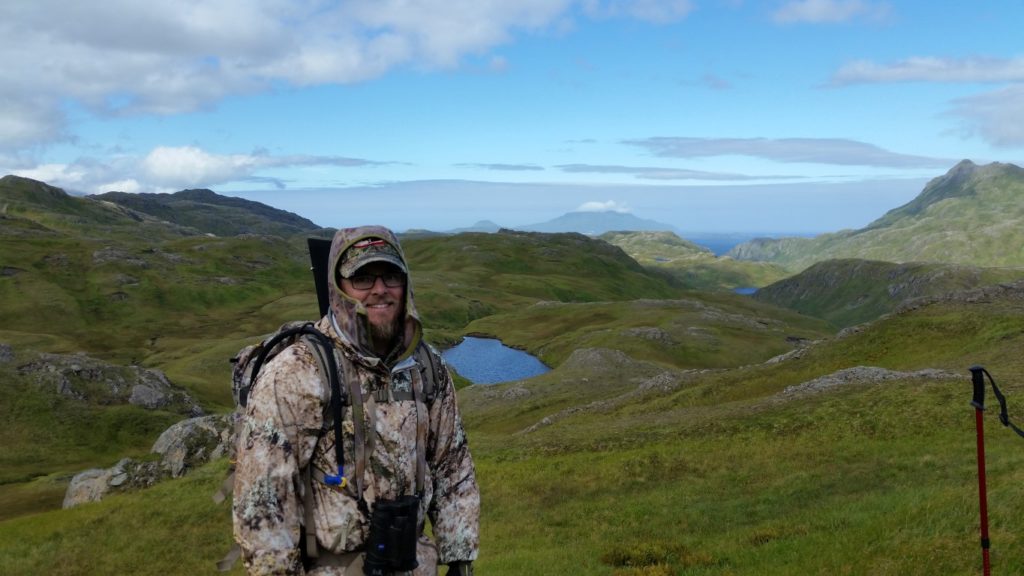
The author used a scabbard pack on this hunt to keep his hands free for trekking poles due to the rocky and steep terrain.
Horse Scabbard – Another classic option that’s been around for as long as people have been using horses to pursue game is the standard scabbard. While it hasn’t changed much over the years, it fills a much- needed role for some types of hunting, most notably backcountry or multi-day excursions where there is lots of saddle time involved. Pros – Just like the pack scabbard, a hunter’s hands are free to rein a horse or glass for elk. Cons – Unless you have ligaments made of wet noodles, after a long day in the saddle with a rifle under your leg, your knee will feel it. It can take some getting used to as well to learn to mount and dismount with another piece of gear in the way. Also, like the pack scabbard, a firearm secured this way can’t be accessed as easily as other options. Application – On long horseback hunts, the scabbard plays an integral role, freeing up the rider to move around or carry a daypack on their back if so desired. It can also prevent shoulder fatigue from having a rifle slung over your back all day.
The Old-Fashioned Way – We’ve all heard the axiom “Keep it Simple”, sometimes the job requires nothing more than your two hands. When you’re trying to put venison on the menu, it’s hard to beat having your rifle ready and waiting on those shots when you only have a moment’s notice. Pros – Fast response time to changing situations (dangerous game, follow-up shots, etc.). A sling-free rifle also has less chance of hanging up on brush or heavy cover. Cons – Makes glassing and other common hunting tasks like checking the wind tougher as your hands are being used already. Application – This option works best when the work is going to be up close and personal. Whether it’s pushing brush for whitetails or still- hunting timber for elk, when response time is more important than convenience, this is the system to use.
Whatever your goal at the end of the day, it pays to think ahead and anticipate what the intended outcome is. If you are covering country to get to camp or easing through the brush to sneak up on a wily whitetail, there is a system tailored to the style you intend to incorporate. Planning ahead will ensure your best chance at success and safety in the field.
.

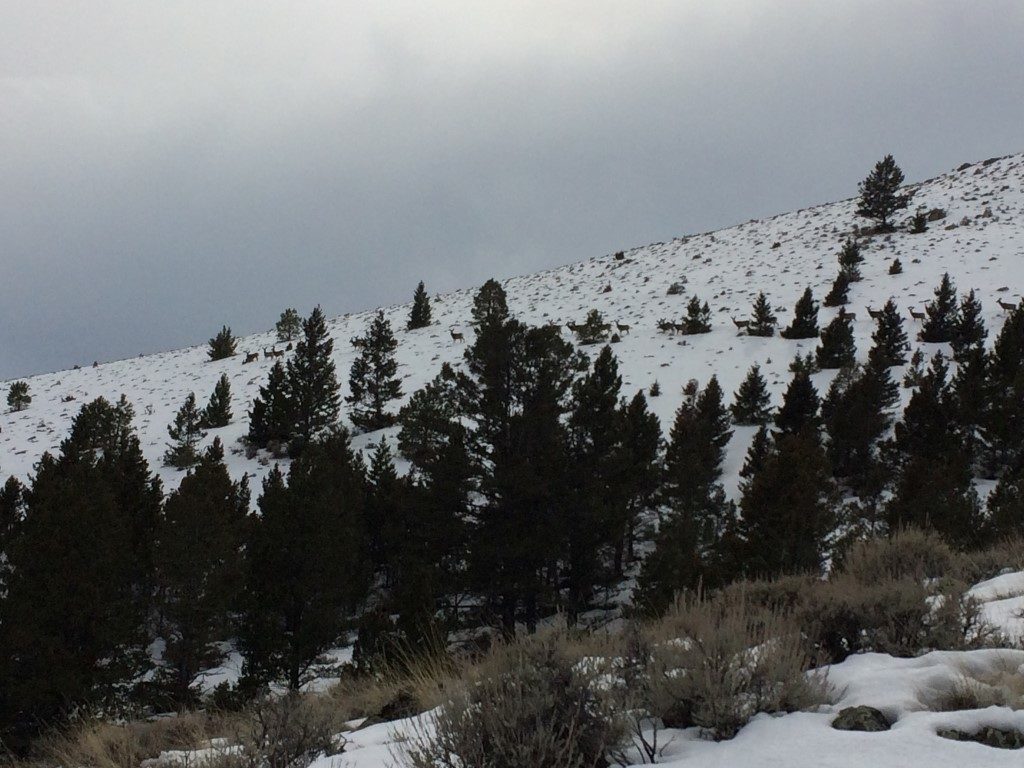
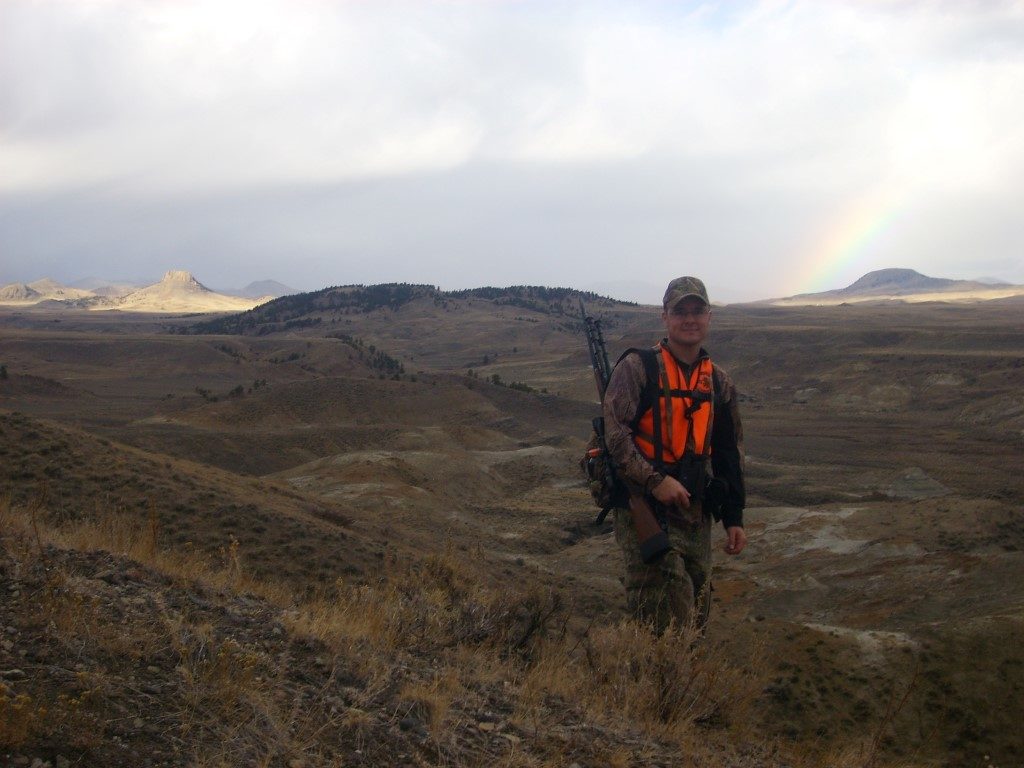
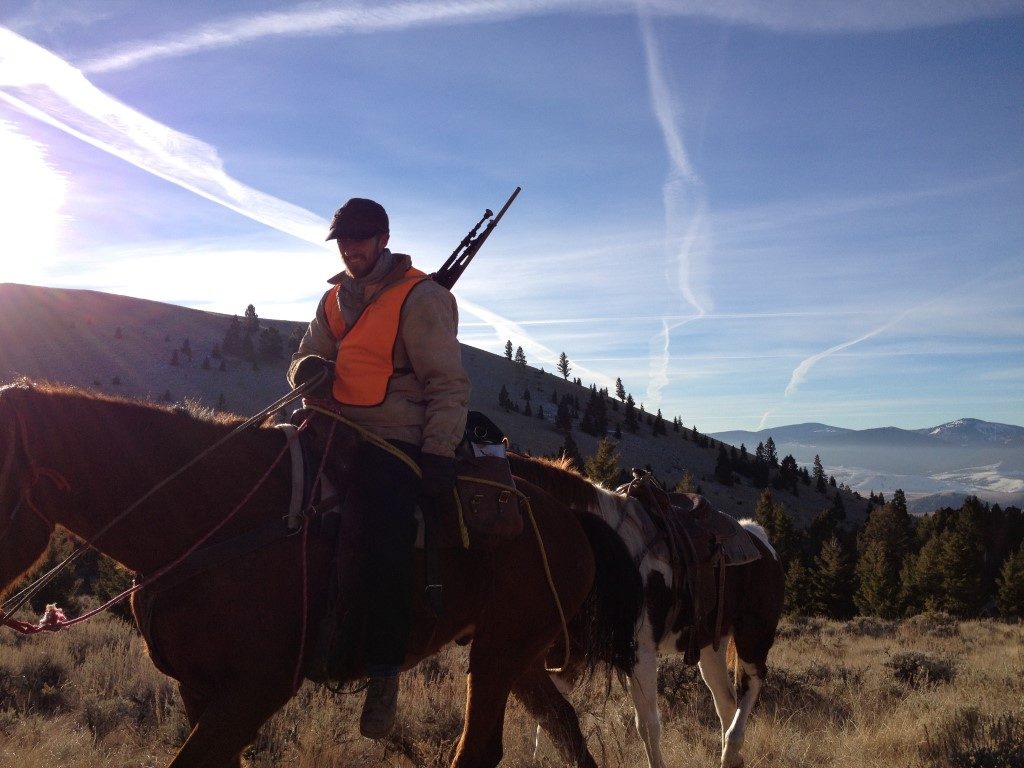
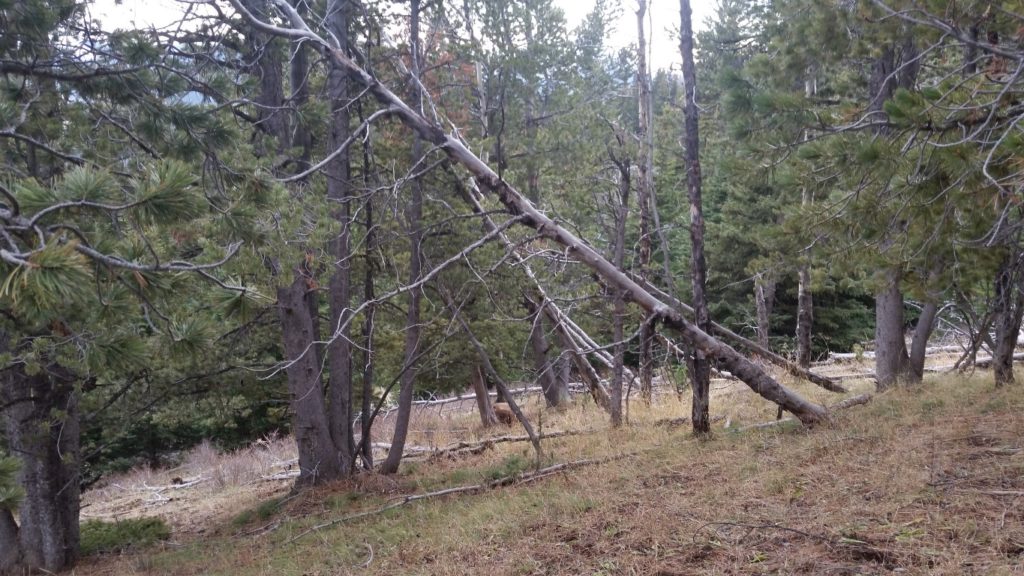
I have used safari slings since 91. Own 3 of them. I t makes it a lot easier to pack a heavier rifle, and to use your binoculars or range finder.
I personally like the Safari Sling for a slow stalk through the woods, provided that your hunting partner is OK with a muzzle pointed sideways. For faster hikes, the Ultimate Rifle Sling is nice because it doesn’t “slip” as much as other slings, and can be stretched into two-shoulder carry configuration, which minimizes shoulder fatigue. For a long hike up the mountain, a pack scabbard is nice too.